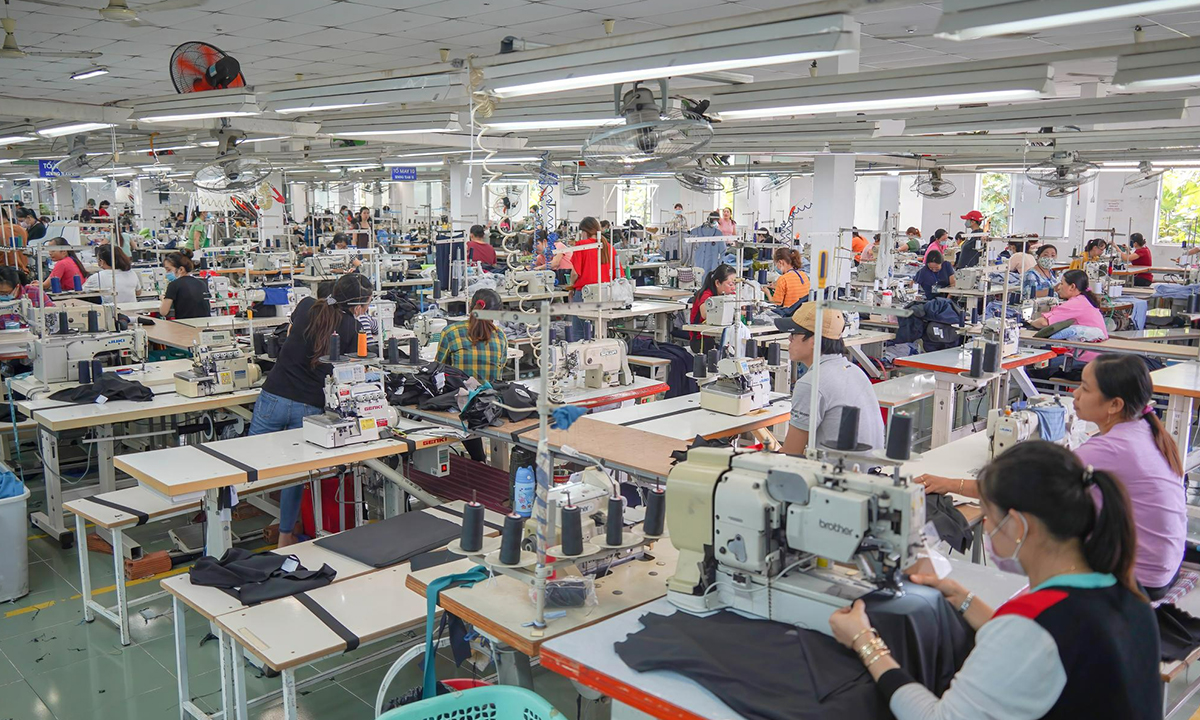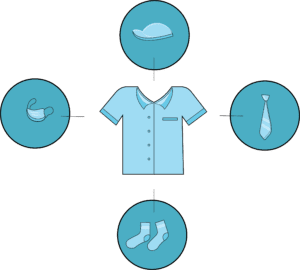Uniforms are an essential aspect of many businesses, organizations, and schools. They serve as a symbol of unity and identity and offer practical benefits such as safety and hygiene. But have you ever wondered how uniforms are made? This blog will explore the uniform manufacturing process from start to finish.
Design
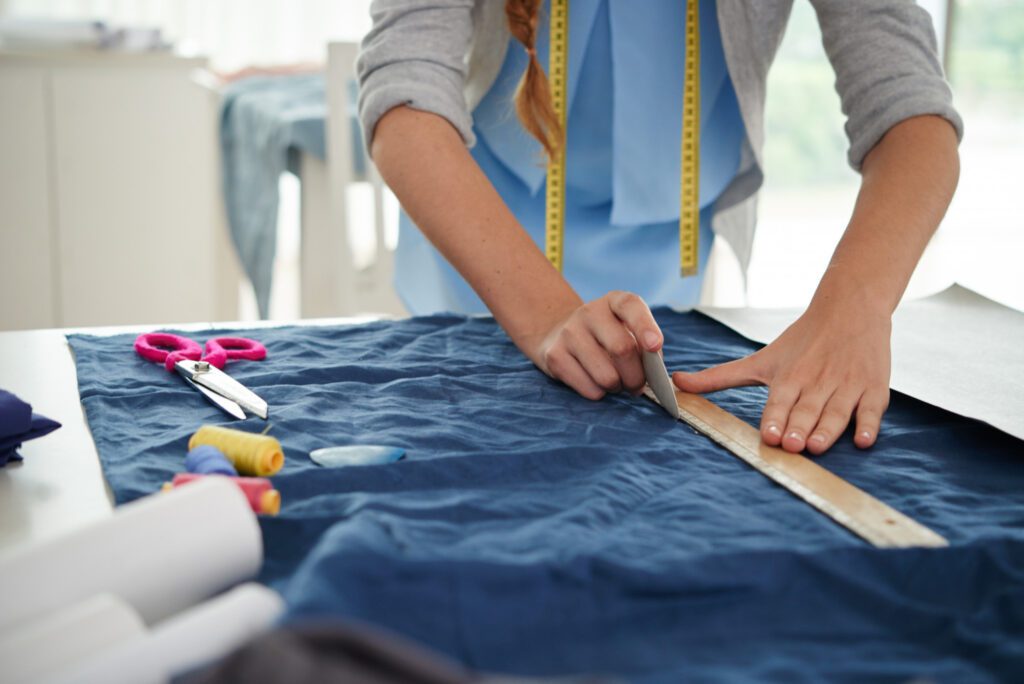
The first step in the uniform manufacturing process is design. The design process starts with understanding the client’s needs and requirements. The manufacturer works closely with the client to create a design that meets their specifications. The design can include various elements such as colours, logos, and patterns.
Materials
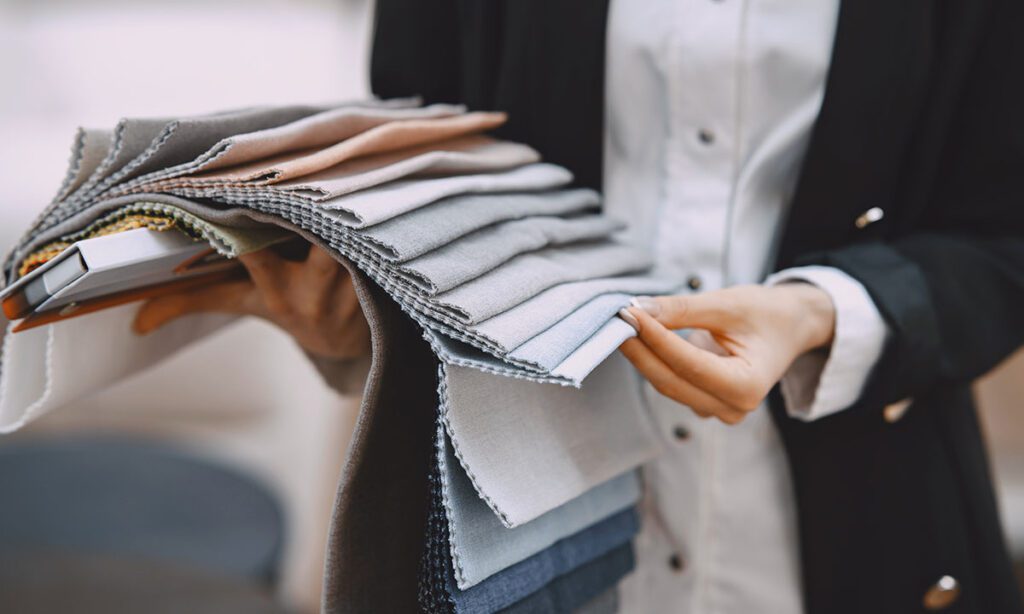
Once the design is finalized, the manufacturer selects the appropriate materials for the uniform. The choice of materials depends on the client’s requirements, industry standards, and budget. Materials commonly used for uniform manufacturing include cotton, polyester, and blends of both.
Cutting
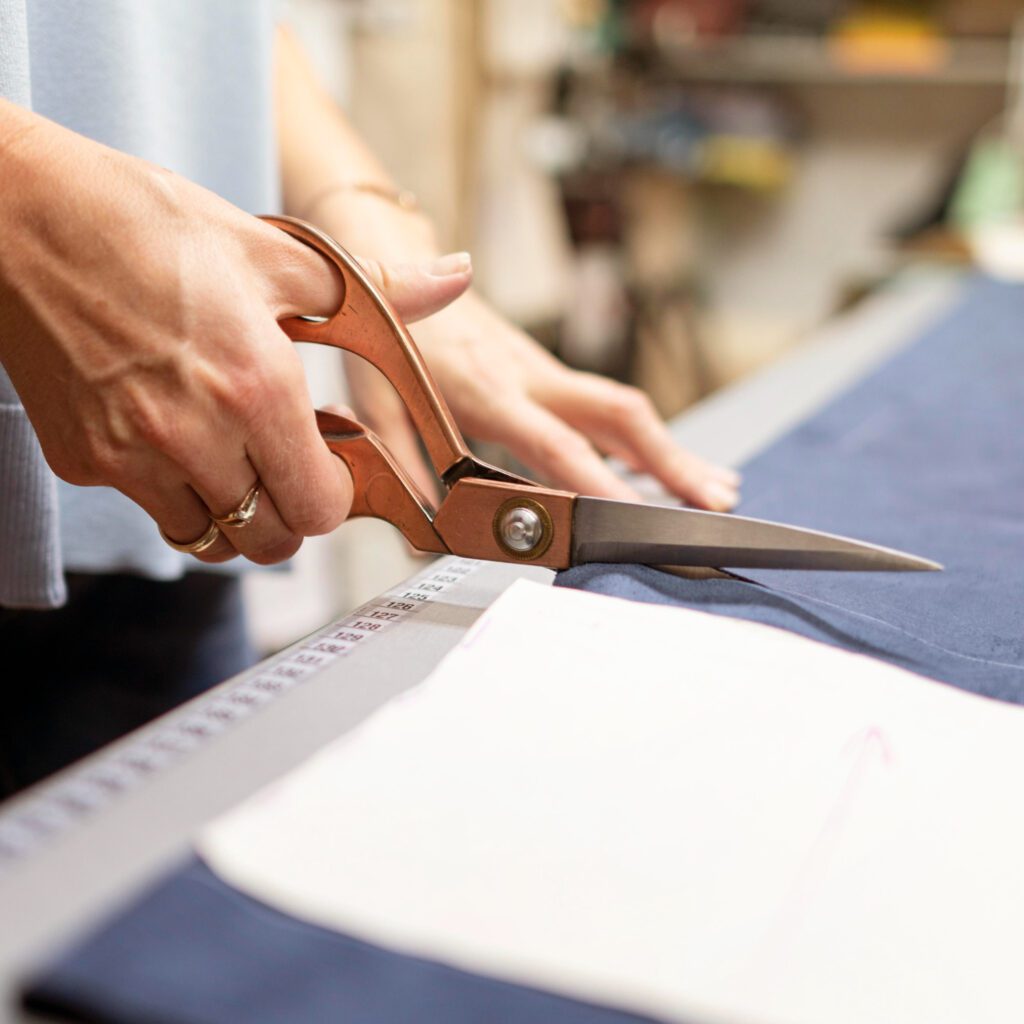
After selecting the materials, the next step is cutting. The manufacturer uses a cutting machine to cut the fabric into the appropriate sizes and shapes for the uniform. The cutting process is critical, as it affects the fit and quality of the final product.
Sewing
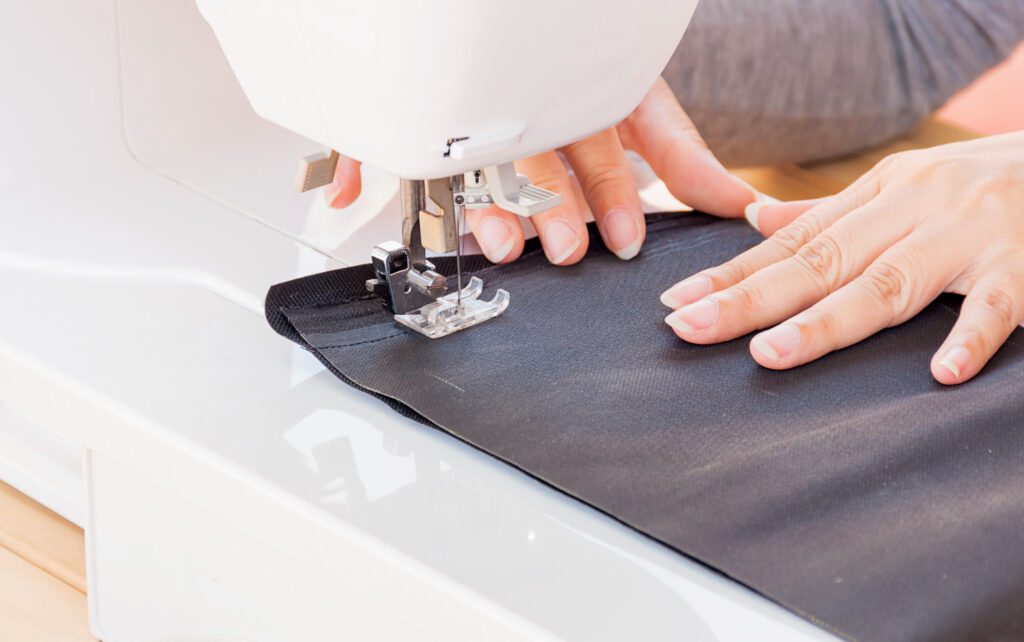
Once the fabric is cut, the next step is sewing. The manufacturer uses industrial sewing machines to stitch the pieces of fabric together to create the final uniform. The sewing process is also critical, as it affects the durability and appearance of the uniform.
Embroidery
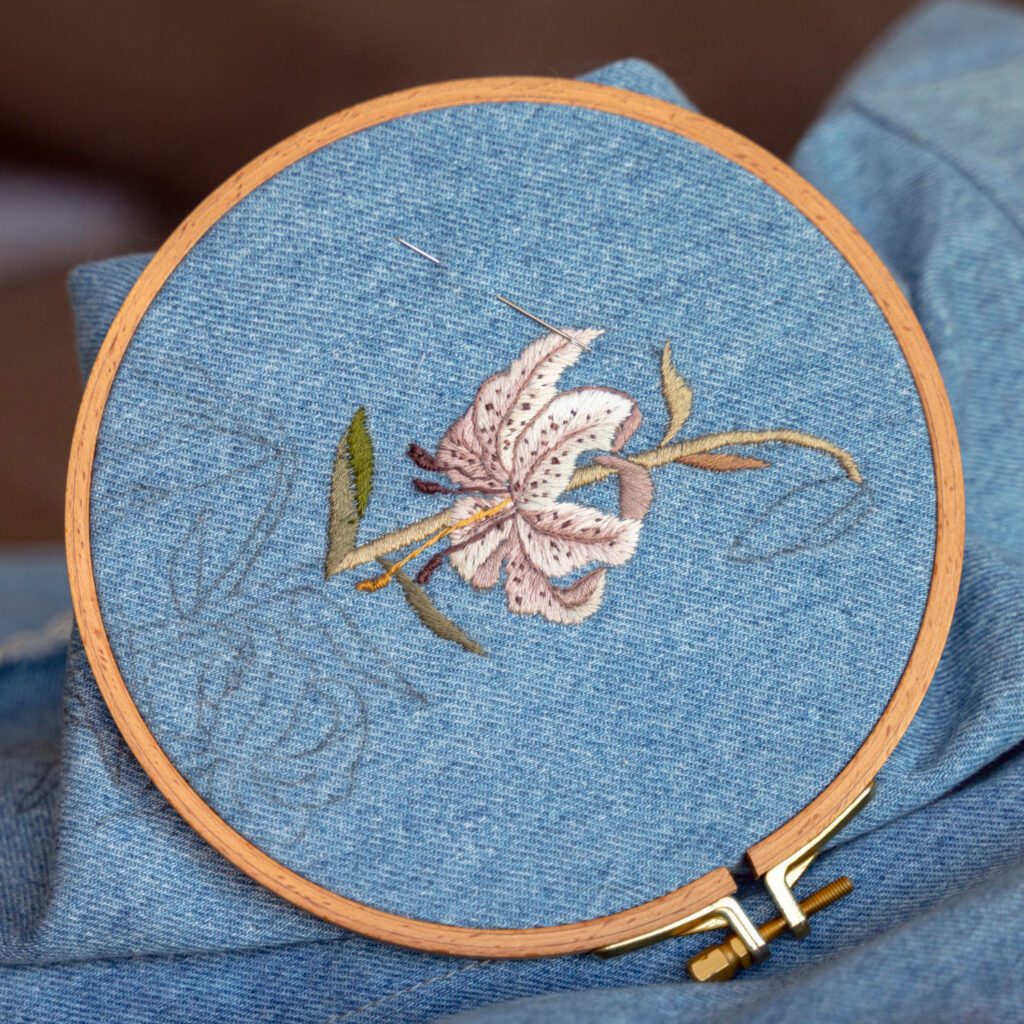
The manufacturer can add embroidery to the uniform if the client requests it. Embroidery involves stitching designs or logos onto the uniform using specialized machines. Embroidery adds a professional and personal touch to the uniform.
Finishing
After the uniform is sewn and embroidered (if requested), the manufacturer finishes the product. This includes adding buttons, zippers, and any other finishing touches that are required. The manufacturer also performs quality control checks to ensure that the uniform meets the client’s specifications and industry standards.
Packaging
Once the uniform is finished, the manufacturer packages it for shipping or delivery. The packaging process involves folding and wrapping the uniform in plastic or paper to protect it during transportation.
Shipping
The final step in the uniform manufacturing process is shipping. The manufacturer ships the finished product to the client’s location or to a third-party distributor. The manufacturer works closely with the client to ensure that the uniforms arrive on time and in good condition.
In conclusion, the uniform manufacturing process is a complex and multi-step process that involves design, material selection, cutting, sewing, embroidery, finishing, packaging, and shipping. Each step is critical and affects the final product’s quality, durability, and appearance. As a result, it is essential to work with a reputable and experienced uniform manufacturer that understands the importance of each step in the process. By doing so, you can ensure that your uniforms meet your specific needs and requirements and are of the highest quality.

